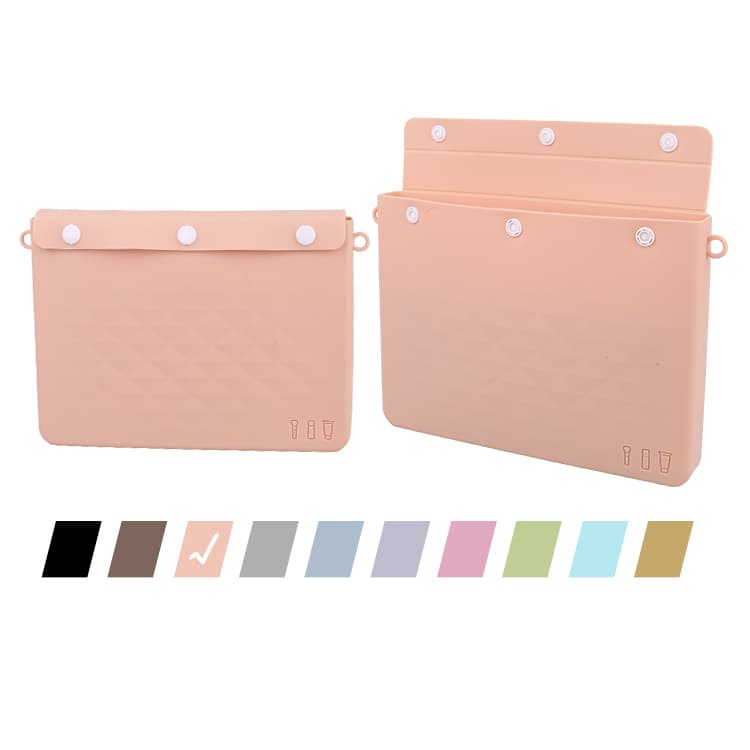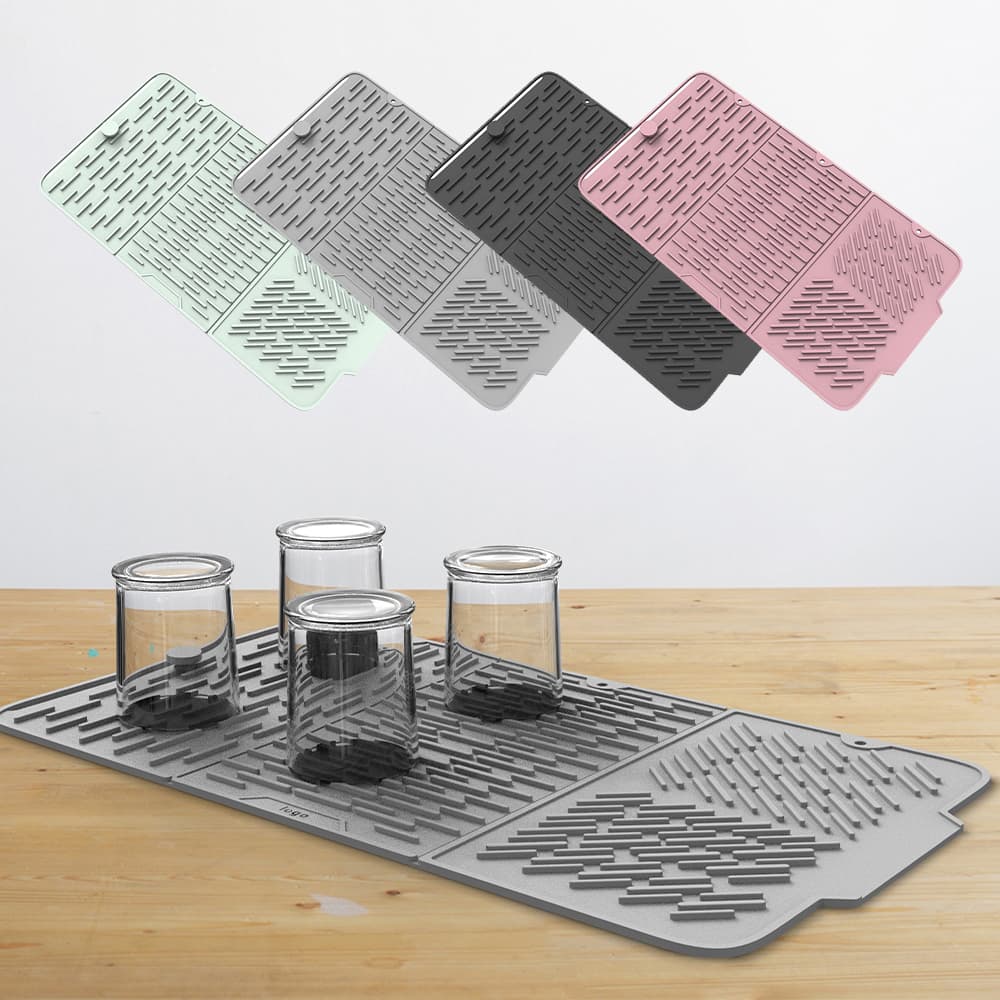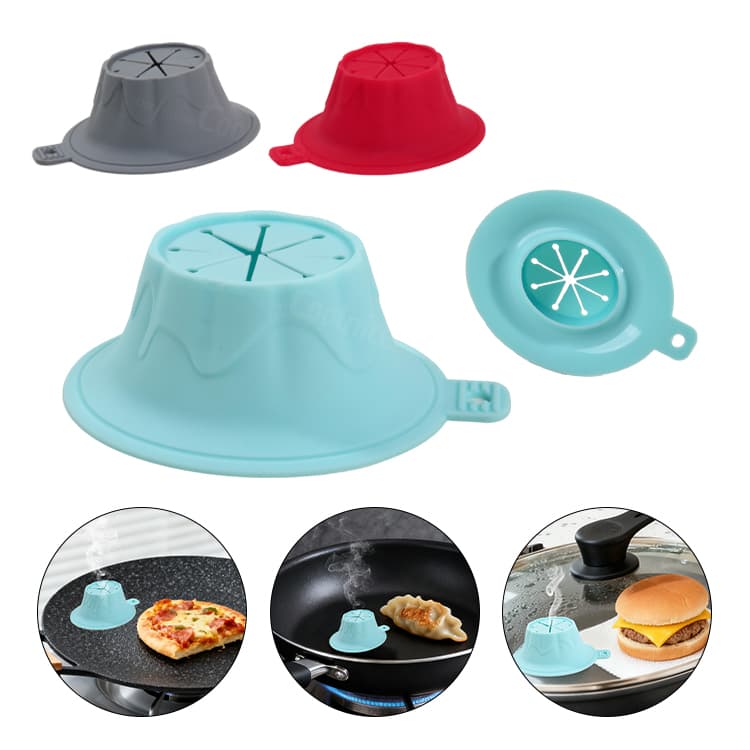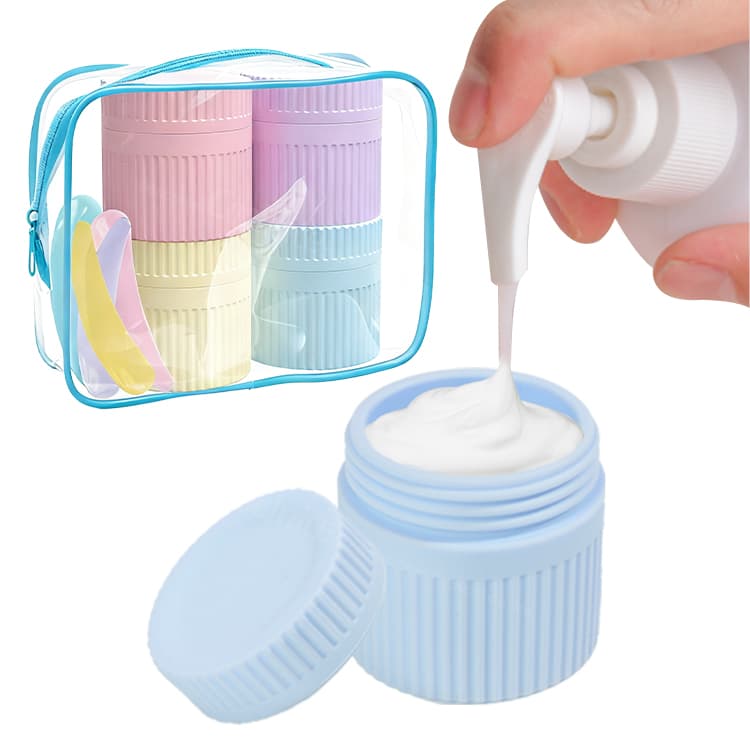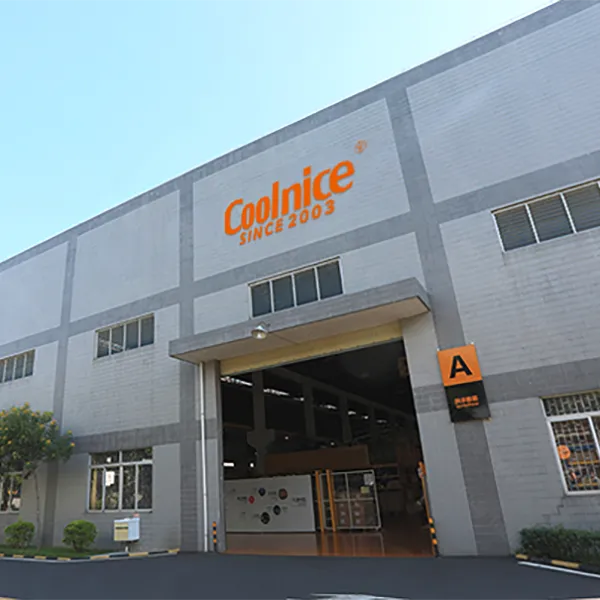Is Silicone Safe For People Allergic To Latex? The Ultimate Guide for Allergy Sufferers
Silicone has become a popular material in many industries, especially for people who suffer from latex allergies. With an increasing number of people being allergic to natural rubber latex, it’s crucial to find safer alternatives. In this guide, we will explore whether silicone is safe for individuals allergic to latex and why it is a preferred option in various applications, from medical devices to baby products.
![]()
Understanding Latex Allergy
A latex allergy occurs when the immune system reacts to proteins found in natural latex, which is derived from the sap of the rubber tree. This allergy can cause symptoms ranging from mild skin reactions to severe conditions like anaphylaxis.
Common Symptoms of Latex Allergy:
-
Itchy skin or rashes
-
Swelling around the eyes, lips, or throat
-
Difficulty breathing or wheezing
-
Anaphylaxis, a severe and potentially life-threatening reaction
Individuals At Higher Risk:
-
Healthcare workers
-
People who have had multiple surgeries
-
Individuals working in the rubber industry
What is Silicone?
Silicone is a synthetic polymer made from silicon, oxygen, and other elements. Unlike natural latex, silicone does not contain the proteins that cause allergic reactions. This makes it a highly hypoallergenic material, perfect for people with latex allergies.
Key Properties of Silicone:
-
Hypoallergenic: Does not contain latex proteins, making it safe for those with latex sensitivities.
-
Durable: Highly resistant to heat, UV light, and oxidation, making it long-lasting in both extreme temperatures and various environmental conditions.
-
Non-Toxic: Silicone is free from harmful chemicals like BPA, PVC, and phthalates.
-
Flexible and Versatile: Silicone maintains its elasticity and shape, even at extreme temperatures, making it suitable for a variety of applications.
Is Silicone Safe For People Allergic to Latex?
Yes, silicone is generally safe for people with latex allergies. Since silicone does not contain latex proteins, it is a non-allergenic alternative. However, it is important to ensure that the silicone products are of high quality and free from contaminants that might trigger sensitivities.
![]()
1. Silicone vs. Latex: Key Differences
-
Latex: A natural material made from the sap of rubber trees, containing proteins that can trigger allergic reactions.
-
Silicone: A synthetic polymer that is latex-free, chemically inert, and hypoallergenic, making it a safer option for individuals with latex allergies.
2. Silicone’s Hypoallergenic Nature
Silicone is recognized for its hypoallergenic properties. It is a chemically stable material, meaning it doesn’t interact with the body or cause immune responses. This makes it ideal for people who need to avoid latex. Common silicone-based products for people with latex allergies include:
-
Medical devices: Catheters, pacifiers, and baby bottles
-
Kitchenware: Silicone baking mats, spatulas, and molds
-
Baby products: Teething rings, baby bottle nipples, and baby pacifiers
Although silicone allergies are extremely rare, they can happen if the product is of low quality or not made from medical-grade silicone. Always choose FDA-approved or LFGB-certified silicone products to minimize the risk of an allergic reaction.
Why Silicone is a Safe Alternative for Latex Allergies
-
No Latex Proteins: Silicone is made from silicon-oxygen compounds and does not contain any proteins found in latex that trigger allergic reactions.
-
Ideal for Medical Applications: Many medical devices, such as catheters and surgical gloves, are made from silicone due to its biocompatibility and non-reactive nature.
-
Safe for Baby Products: Food-grade silicone is widely used in baby products like pacifiers, teething rings, and baby bottles, offering a safe alternative for babies with latex sensitivities.
How to Choose Safe Silicone Products
When selecting silicone products, especially for people with latex allergies, consider the following:

1. Opt for Medical-Grade Silicone
Ensure that the silicone product is FDA-approved or LFGB-certified. Medical-grade silicone undergoes rigorous testing and is free from contaminants that could cause allergic reactions.
2. Avoid Low-Quality Silicone
Some non-medical-grade silicone products may contain additives or chemicals that can cause irritation. Always choose high-quality, certified silicone products from trusted brands.
3. Perform a Patch Test
If you’re concerned about a particular silicone product, perform a skin patch test to check for any adverse reactions. Apply a small amount of the product to a small patch of skin and monitor it for 24–48 hours.
Silicone vs Latex Allergy: Which is Safer?
While latex allergies are common and can lead to severe reactions, silicone allergies are extremely rare. When choosing between latex and silicone, it’s important to understand the potential risks:
-
Latex Allergy Symptoms: Can include skin irritation, respiratory distress, and anaphylaxis.
-
Silicone Allergy Symptoms: Though rare, symptoms might include redness, swelling, and itching. In extreme cases, anaphylaxis could occur, but this is extremely uncommon.
Conclusion: Silicone is the safer, hypoallergenic alternative to latex, offering a wide range of applications without the risk of triggering allergic reactions in those with latex sensitivities.
Conclusion: Silicone is a Safe Alternative for Latex Allergies
Silicone is a safe and hypoallergenic material for those with latex allergies. Its chemical stability, non-toxicity, and versatility make it an excellent choice for a variety of applications, from medical devices to kitchenware. While silicone allergies are rare, they can occur in low-quality products, so it’s essential to choose FDA-approved or LFGB-certified silicone to ensure safety.
At Coolnice, we specialize in FDA-approved silicone products that are durable, heat-resistant, and safe for people with latex allergies. Whether you need silicone for medical applications, baking, or baby products, we have the right solution for you.
Contact Coolnice to learn more about our safe and durable silicone products for people with latex allergies.
FAQ
Q1: Does silicone contain latex?
No, silicone is completely latex-free and does not contain latex proteins that cause allergic reactions.
Q2: Can silicone cause an allergic reaction?
Silicone allergies are very rare, but they can occur in low-quality products that contain additives. Always opt for FDA-approved silicone.
Q3: Is silicone safe for medical use?
Yes, medical-grade silicone is widely used in medical devices such as pacifiers, catheters, and implants, and is safe for people with latex allergies.
Q4: Is silicone safe for food storage?
Yes, food-grade silicone is safe for food storage and does not leach harmful chemicals.




